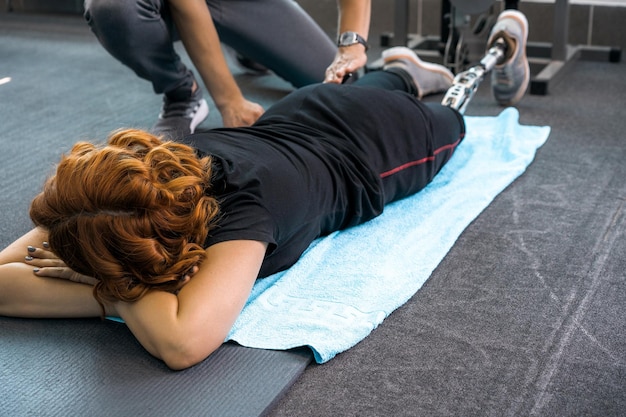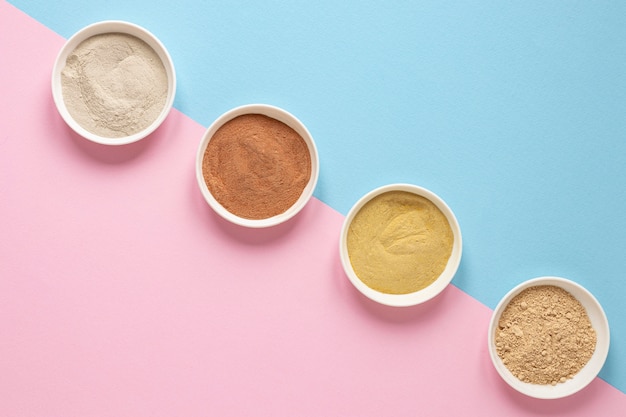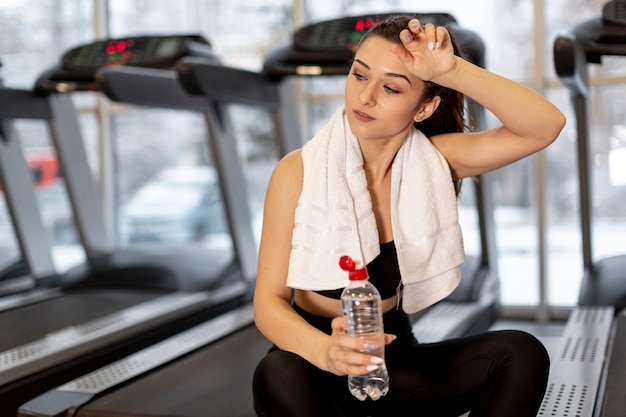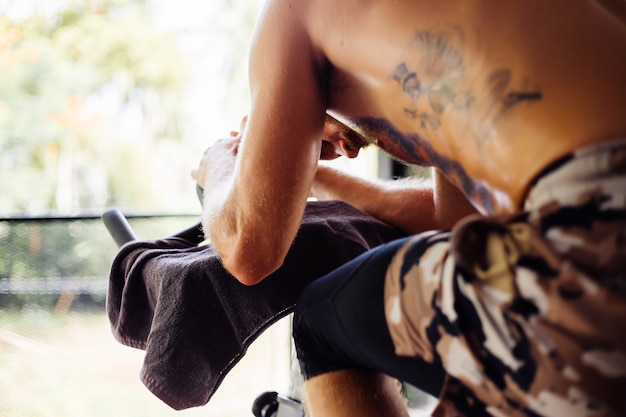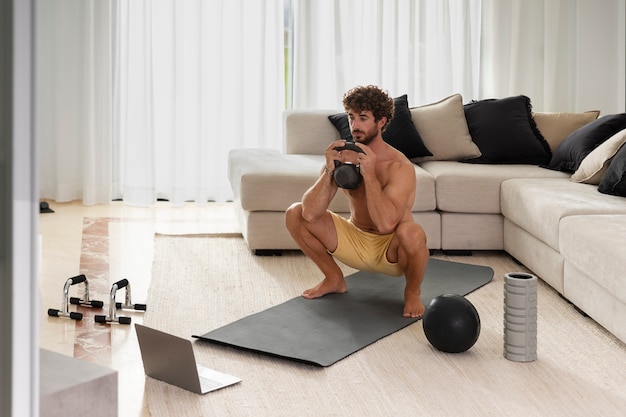35 Smart Recovery Tips for Home Workouts: Maximize Results with Minimal Gear and Real-Life Schedules
Home workouts are more popular than ever—and for good reason. They’re flexible, convenient, and require little to no equipment. But what many home exercisers overlook is recovery. Without a gym’s foam rollers or massage therapists, recovery can fall by the wayside. And that’s a missed opportunity: recovery is where real progress happens.
Whether you're doing bodyweight circuits, yoga, or resistance band training, recovery helps reduce soreness, prevent injury, and improve performance. The good news? You don’t need fancy gear or hours of downtime. These 35 practical, results-driven recovery tips are designed for real life—no gym required.
Why Recovery Matters at Home
When you exercise, you create tiny tears in your muscles. Recovery is when your body repairs them, making you stronger. Skipping recovery leads to fatigue, soreness, and plateaued results. At home, where distractions and time constraints are common, intentional recovery is essential.

Daily Recovery Habits (No Equipment Needed)
- Hydrate First Thing: Drink a glass of water upon waking to kickstart circulation and flush metabolic waste.
- Stretch for 5 Minutes: Focus on major muscle groups—hamstrings, hips, shoulders—to improve mobility.
- Practice Deep Breathing: 2–5 minutes of slow, deep breaths lowers cortisol and supports nervous system recovery.
- Walk After Workouts: A 10-minute walk boosts blood flow and reduces lactic acid buildup.
- Elevate Your Legs: Lie on your back and prop legs against a wall for 5–10 minutes to reduce swelling and improve circulation.
- Use a Tennis Ball: Roll your feet, glutes, or upper back on a tennis ball to release tight spots.
- Take Cold Showers: 30–60 seconds of cold water post-workout reduces inflammation.
- Sleep Consistently: Aim for 7–9 hours at the same time each night to optimize hormone balance and repair.
- Avoid Screens Before Bed: Blue light disrupts melatonin—swap phones for a book to improve sleep quality.
- Track Your Soreness: Use a simple 1–5 scale to adjust workout intensity and avoid overtraining.
Nutrition & Hydration Hacks
Recovery starts on your plate. You don’t need supplements—just smart food choices.
- Eat protein within 1–2 hours of training (e.g., eggs, Greek yogurt, tofu).
- Pair carbs with protein to replenish glycogen stores (e.g., banana with peanut butter).
- Add anti-inflammatory foods: turmeric, berries, leafy greens, and nuts.
- Drink herbal teas like chamomile or ginger to reduce soreness and support digestion.
- Limit processed sugar and alcohol—they increase inflammation and delay recovery.

Mind-Body Recovery Techniques
Mental fatigue impacts physical recovery. These low-effort practices make a big difference.
- Try 5-minute guided meditations to calm the nervous system.
- Journal 3 things you’re grateful for—positive mindset speeds recovery.
- Practice progressive muscle relaxation: tense and release each muscle group.
- Spend 10 minutes in natural light to regulate circadian rhythm.
- Laugh or listen to uplifting music—mood boosts healing.
Minimal-Gear Recovery Tools
A few affordable tools go a long way—even in small spaces.
- Foam roller: Use on quads, calves, and back for 1–2 minutes per area.
- Resistance band: Stretch hips and shoulders passively by looping the band around limbs.
- Heating pad: Apply to stiff joints or sore muscles for 15 minutes.
- Massage ball: Target shoulders or feet with slow, controlled pressure.
- Compression socks: Wear after intense leg workouts to improve circulation.
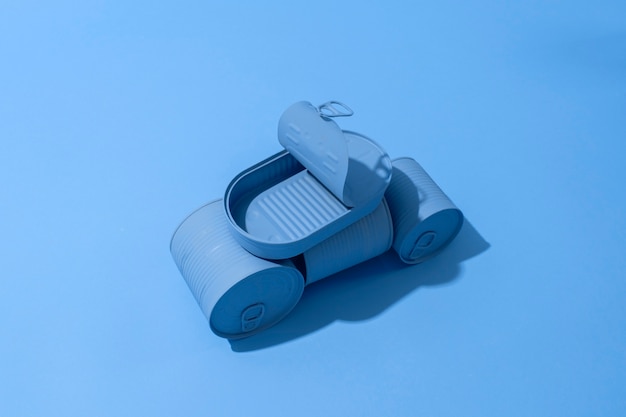
Schedule-Friendly Recovery Strategies
Busy life? These tips fit into tight schedules.
- Do a 3-minute stretch during TV commercials.
- Use a standing desk or take stretch breaks every hour.
- Swap scrolling for seated forward folds while reading.
- Prep recovery snacks in advance (e.g., cut fruit, hard-boiled eggs).
- Set phone reminders to drink water or take deep breaths.
- Use weekends for longer recovery—try a 20-minute yoga flow or nature walk.
- Batch-cook high-protein meals to save time and support recovery.
Listen to Your Body
The best recovery tool is awareness. Pain, fatigue, and mood shifts are signals. Adjust your routine when needed. Rest isn’t laziness—it’s strategy.
By integrating these 35 tips into your routine, you’ll recover faster, train smarter, and stay consistent—no matter how busy life gets. The goal isn’t perfection. It’s progress, one recovery habit at a time.








